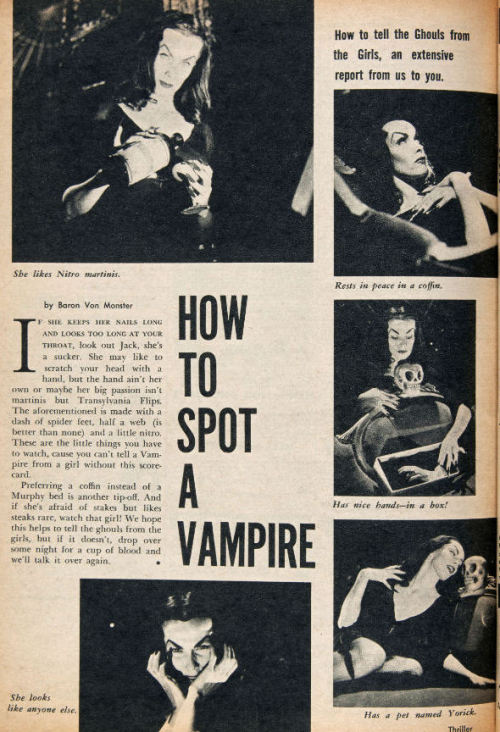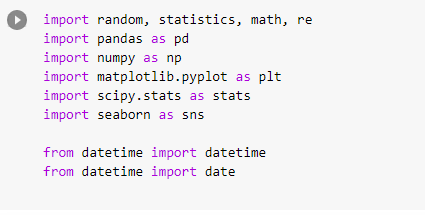Just because it’s true that all squares are rectangles, you argued that all rectangles must be squares. (And you did it with so much swagger.)
A surprisingly high % of stupid arguments & fights on Twitter are rooted in a tiny number of fairly obvious fallacies.
Stupid arguments & the fallacies that feed them, a thread:
Just because it’s true that all squares are rectangles, you argued that all rectangles must be squares. (And you did it with so much swagger.)
X says: Successful people aren’t afraid of hard work.
Y argues: That’s BS. I work 90 hours a week at Tech Co and am still stuck in this dead-end job.
Just because you found an exception to a general pattern, you argued that the entire pattern is false.
X says: Venture capital is useful for startups.
Y argues: Not true. Foo’s startup took VC money and they crashed & burned.
Z piles on: I agree with Y. In fact, Bar’s startup did not take VC money and it’s worth a bajillion.
Just because you found an exception to a general pattern, you argued that the exception *is* the pattern.
Just because you did not agree with one small aspect of what someone said, you argued that it makes sense to ignore everything they said.
Just because you found one thing missing in a list of generally useful things, you argued that the entire list is useless.
Just because a thing worked for you, you argued that everyone should do that thing, all the time.
Just because a thing worked for Musk / Bezos / Jobs / [insert your idol], you argued that everyone should do that thing, all the time.
Just because a thing worked for you, you argued that no one should do the opposite of that thing, ever, under any circumstance.
Just because a thing worked for Musk / Bezos / Jobs / [insert your idol], you argued that no one should do the opposite of that thing, ever, under any circumstance.
Just because a good idea wouldn’t work if “everyone did it”, you argued that it is in fact a terrible idea and *no one* should do it.
More from Shreyas Doshi
Includes:
Solve THE problem
3 types of product leaders
Levels of product work
Getting work done
“I don’t know”
Good people, bad managers
Customer segmentation
LinkedIn Envy
On communication
Important definitions
Life-changing books
& much more..
👇🏾
A story that often plays out when we are not rigorous enough about the importance of the customer problem our product
A B2B Product Management Story: on discovering problems that customers actually care about
— Shreyas Doshi (@shreyas) March 28, 2021
Very visual story thread\U0001f447\U0001f3fe pic.twitter.com/SQKpmLtBGC
The 3 types / hats / modes of product
3 types of product leaders:
— Shreyas Doshi (@shreyas) March 26, 2021
1) The Operator
2) The Craftsperson
3) The Visionary
It is important for you as a startup founder or CEO, product manager, or a product leader to deeply understand these types, as you make decisions on whom to hire or whom to work for.
Thread\U0001f447\U0001f3fe
An extremely important observation about product
There are 3 levels to product work
— Shreyas Doshi (@shreyas) March 12, 2021
(1) The Execution level
(2) The Impact level
(3) The Optics level
When an individual & their team are fixated on different levels, often there is conflict.
E.g.
PM is fixated on (2), Team on (1)
PM on (3), Team on (2)
PM on (2), Team on (3)
A thread on getting work
How I like to plan my work:
— Shreyas Doshi (@shreyas) March 17, 2021
Limit meetings
\u21d2 Long scheduled work blocks
At end of the work day, plan next day
\u21d2 Easier to disconnect, be present
Fit the next day's tasks in calendar
\u21d2 Forces prioritizing
Plan next week on Friday evening
\u21d2 Go into weekend with a clear mind
You May Also Like
Where to begin?
So our new Secretary of State Anthony Blinken's stepfather, Samuel Pisar, was "longtime lawyer and confidant of...Robert Maxwell," Ghislaine Maxwell's Dad.

"Pisar was one of the last people to speak to Maxwell, by phone, probably an hour before the chairman of Mirror Group Newspapers fell off his luxury yacht the Lady Ghislaine on 5 November, 1991." https://t.co/DAEgchNyTP

OK, so that's just a coincidence. Moving on, Anthony Blinken "attended the prestigious Dalton School in New York City"...wait, what? https://t.co/DnE6AvHmJg
Dalton School...Dalton School...rings a
Oh that's right.
The dad of the U.S. Attorney General under both George W. Bush & Donald Trump, William Barr, was headmaster of the Dalton School.
Donald Barr was also quite a
Donald Barr had a way with words. pic.twitter.com/JdRBwXPhJn
— Rudy Havenstein, listening to Nas all day. (@RudyHavenstein) September 17, 2020
I'm not going to even mention that Blinken's stepdad Sam Pisar's name was in Epstein's "black book."
Lots of names in that book. I mean, for example, Cuomo, Trump, Clinton, Prince Andrew, Bill Cosby, Woody Allen - all in that book, and their reputations are spotless.

==========================
Module 1
Python makes it very easy to analyze and visualize time series data when you’re a beginner. It's easier when you don't have to install python on your PC (that's why it's a nano course, you'll learn python...
... on the go). You will not be required to install python in your PC but you will be using an amazing python editor, Google Colab Visit https://t.co/EZt0agsdlV
This course is for anyone out there who is confused, frustrated, and just wants this python/finance thing to work!
In Module 1 of this Nano course, we will learn about :
# Using Google Colab
# Importing libraries
# Making a Random Time Series of Black Field Research Stock (fictional)
# Using Google Colab
Intro link is here on YT: https://t.co/MqMSDBaQri
Create a new Notebook at https://t.co/EZt0agsdlV and name it AnythingOfYourChoice.ipynb
You got your notebook ready and now the game is on!
You can add code in these cells and add as many cells as you want
# Importing Libraries
Imports are pretty standard, with a few exceptions.
For the most part, you can import your libraries by running the import.
Type this in the first cell you see. You need not worry about what each of these does, we will understand it later.














